What Thickness Of Plywood For Hurricane Shutters? (Find Out Now!)

If you live in a hurricane zone, you know how important it is to install hurricane shutters over your windows. They block flying debris during the storm and keep you and your home safe and protected. However, improperly installed plywood shutters can do more harm than good.
Plywood hurricane shutters need to be at least ⅝” thick to properly protect you, your home, and your belongings. The shutters should be cut seven inches longer and seven inches wider than the window they’re covering. Be sure to follow guidelines for installation based on the construction of your house (frame-built or concrete block).
Do You Need to Hire a Framing Contractor?
Get free, zero-commitment quotes from pro contractors near you.

What Thickness Plywood Are Hurricane Shutters?
Hurricane shutters are essential for anyone who lives in a hurricane zone. They provide security from the wind and weather while also protecting you and your home from damage.
If you’ve been issued an evacuation notice, you absolutely need to put up hurricane shutters. Otherwise, you risk coming home to broken windows and no roof.
Hurricane shutters need to be at least ⅝” thick. They should not only provide hurricane protection, but also protect against damage from wind and heat.
Choose hurricane shutters that are quick and easy to install but that don’t box you into your home. Finally, ensure that they’re durable and corrosion-resistant.
How To Make Plywood Hurricane Shutters
Choosing to use plywood rather than purchasing specialty hurricane shutters can definitely save you a lot of money. But the key is to install your plywood shutters correctly. If you don’t, a hurricane may tear the plywood from your home, and it’ll become another projectile in the storm.
Step 1: Gather Your Tools And Materials
You’ll need plywood, of course. But there are also several other tools and materials you’ll need for this project.
For tools, you’ll need a drill and three different bits: a 5/16″ drill bit, a Phillips-head, and a concrete bit. You’ll also need a hammer and tape measure.
As far as materials, make sure you have nails, wing nuts, hanger bolts, and washers. Get Phillips-head concrete screws and Phillips-head wood screws as well.
Step 2: Measure And Cut
Start by measuring each window that will be covered by a hurricane shutter. You’ll want to cut the plywood sheet seven inches taller and seven inches wider than the window. This gives you about three to four inches of protective overhang on each side of the window.
If you prefer not to cut the plywood yourself, take your measurements to a hardware store or home center. Many of these locations will cut the plywood to your specifications for a small fee or even for free.
Step 3: Install Shutters (Frame-Built Home)
If your home is built with frame construction, stick to the following steps. If your home is built with concrete blocks, skip to Step 4.
First, you need to locate and measure the framing studs. Then, drive #8 or #10 Phillips-head wood screws through the plywood.
The wood screws should go straight into the center of the studs around each window. These studs are typically located about 7/8″ outside the window frame.
Keep in mind that the screws must solidly hit the studs. Otherwise, they won’t serve as a sufficient anchor for the plywood hurricane shutters.
Alternative Installation With NailsAlternatively, another method you can try is to nail (rather than screw) the plywood over each window. You’ll need to make sure to drive each of the nails directly into the studs.
Keep in mind that nails can be difficult to remove without causing damage to the plywood. They’re also not quite as secure as screws. But if you don’t have an electric screwdriver, using nails is a valid option.
Step 4: Install Shutters (Concrete Block Structure)
Wood-frame homes and concrete block homes require totally different techniques when installing hurricane shutters. To begin, measure and cut your plywood so that it is seven inches longer and seven inches wider than the window it will cover.
Next, use your concrete bit to drill ten holes into the wall around your window. To prevent chipping and breaking, each hole needs to be two to three inches from the edge of the window. After drilling the holes, insert 5/16″ x 3″ hanger bolts into each one.
The trickiest part is drilling ten corresponding 5/16″-diameter holes into the plywood to match the ten hanger bolts. Once you’ve completed this step, slide the plywood over the hanger bolts. To secure the shutter, place a washer on each bolt and fasten tightly with 5/16″ wing nuts.
Alternative Method With Concrete ScrewsAnother method of attaching plywood hurricane shutters to a concrete-block house is to use concrete screws. Drive each of the 1/4″ screws through the plywood into the concrete wall. Ensure each screw is between two and three inches from the edge so that the concrete doesn’t chip.
Do You Need to Hire a Framing Contractor?
Get free, zero-commitment quotes from pro contractors near you.

Related Questions
What type of plywood is used for hurricane protection?
The best type of plywood to use for hurricane protection is one that is designed for exterior use. The plywood should be at least ⅝” thick, and experts highly recommend using CDX plywood.
Is plywood strong?
Plywood is considered very strong due to the way it is made. This type of engineered wood is constructed from thin layers of wood laid perpendicular to each other and glued together. However, the amount of weight plywood can handle depends on its size and thickness.
Generally, the average sheet of plywood from the hardwood store can support 5 to 50 pounds. Meanwhile, MDF (medium-density fiberboard) and marine plywood can typically support hundreds of pounds.
Is plywood waterproof?
In most cases, plywood is considered water-resistant but not waterproof. There are some specific brands of plywood that are advertised as being 100% waterproof, though. Unless you’ve purchased one of these specialty plywoods, you’ll usually need to waterproof your plywood yourself.
There are many different ways to make your plywood more water-resistant than it is naturally. For example, you can use an epoxy sealer, drying oil, water-based paint, varnish, liquid latex, or PVA. Sealing your plywood has many benefits, from increasing its durability to preventing rot.

With a lifelong passion for writing plus strong enthusiasm for home improvement and DIY projects, joining the team at Upgraded Home was an easy choice. Jessica Allen likes to share helpful information with current and aspiring homeowners. Aside from writing, Jessica loves doing yoga, playing the piano, and dabbling in graphic design.
More by Jessica Allen










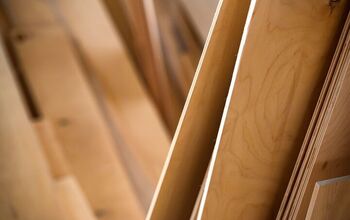
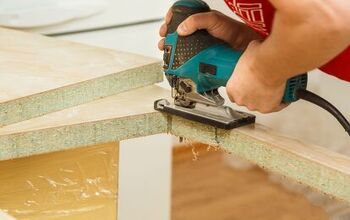
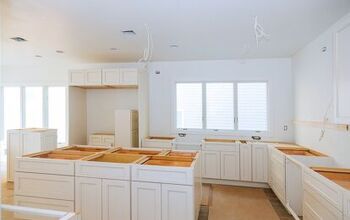
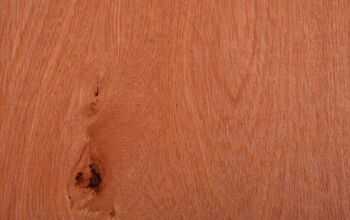
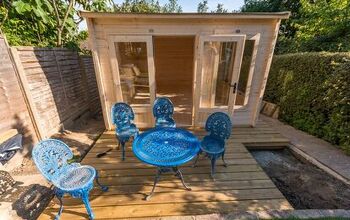








![10 Most Dangerous Neighborhoods in Baltimore [Updated]](https://cdn-fastly.upgradedhome.com/media/2023/07/31/9075655/10-most-dangerous-neighborhoods-in-baltimore-updated.jpg?size=350x220)



